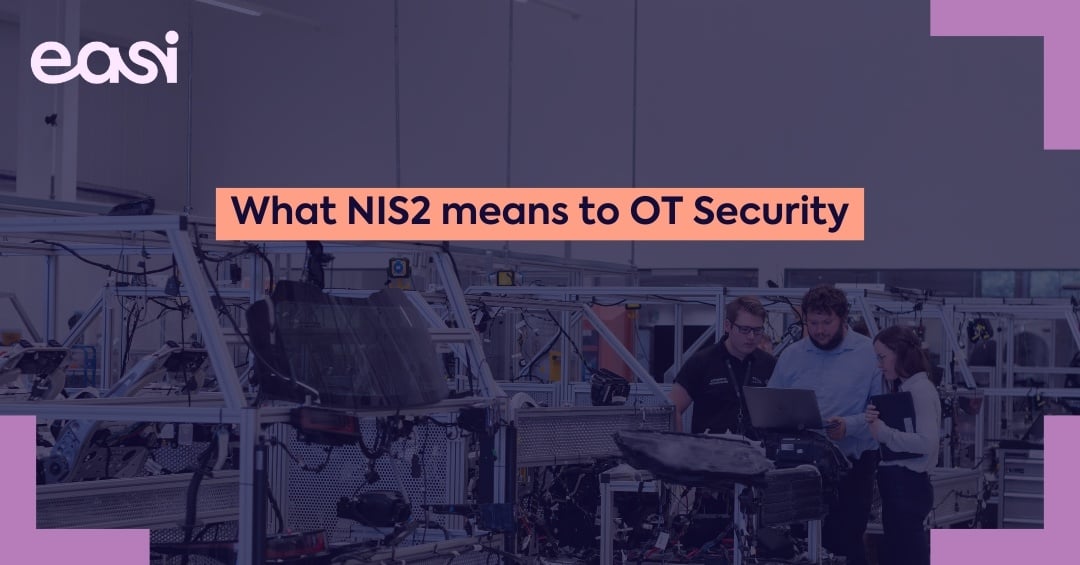Low-code development
Low-code is a development approach that minimizes traditional coding by using visual tools like drag-and-drop modelers and point-and-click interfaces.
Thus, a low-code development platform streamlines development by automating repetitive and complex tasks, reducing the need for experienced developers or external solutions.
What is Power Platform?
Microsoft Power Platform is a suite of applications, connectors, and a data platform that provides a robust environment to create and manage custom business applications, automate workflows, and analyze data without extensive coding knowledge. This is Microsoft's platform for low-code development.
It includes Power BI, Power Apps, Power Automate and Power Pages, enabling organizations to solve complex business challenges, while Copilot Studios integrates AI-driven assistance to enhance the capabilities of these tools.

The Power Platform tools
Power BI is a business analytics tool that provides interactive visualizations and business intelligence capabilities, allowing users to create reports and dashboards for data-driven decision-making.
Power Apps allows users to build custom business applications quickly using a low-code approach, integrating seamlessly with other Microsoft services and third-party applications.
Power Automate, formerly known as Microsoft Flow, enables users to automate repetitive tasks and workflows across various apps and services, enhancing productivity and efficiency.
Power Pages is a tool within Power Platform that allows users to create secure, data-driven websites / extranet, combining low-code development with rich customization capabilities.
Copilot Studio integrates AI-driven assistance into Power Platform, enhancing user experience by providing intelligent suggestions, automating tasks, and enabling more efficient use of the platform's tools.
The benefits of low-coding
Faster development
A low-code platform allows for rapid app creation, enabling businesses to respond quickly to changing market demands without the need for extensive coding knowledge.
Cost efficiency
By enabling existing staff (including non-developers) to build apps, a low-code platform reduces the need to hire additional developers or rely on external solutions.
Increased Productivity
Low-code tools free up professional developers to focus on more complex tasks, while empowering other team members to contribute to app development.
Flexibility & Scalability
It also allows for easy updates and modifications, ensuring that businesses can quickly adapt and scale their applications as needed.
Our own Power Apps
Our Sandwich app
With eight Easi offices throughout the Benelux, every location has its own sandwich supplier. Our larger offices often have more than one. This results in a dozen different ways to order your sandwich, a bothersome undertaking for our colleagues who often work at other locations.
To streamline the order process, we developed our own Lunch app within Power Apps, so every colleague can order lunch with just a few simple steps:
- Open Power Apps on your phone, or go to Easi Touch, our intranet solution where the Power App is integrated.
- Choose your location.
- Pick your preferred lunch from the menu of the local supplier.
- Order and pay digitally.

Our Welcome app
To register our visitors, we have placed a tablet at the entrance of our offices. Their registration has different goals:
- Let the visitor sign our NDA.
- Send a message to the host when their visitor has arrived.
- Have a register of all the visitors in the building. For example, in case of fire, we have to know how many persons are in the building.
Over time, we noticed that the external application did not fully meet our expectations, and the costs overshadowed our needs. Thus, we developed our own Welcome app, another tailed-made solution thanks to Power Apps.


.jpg)

